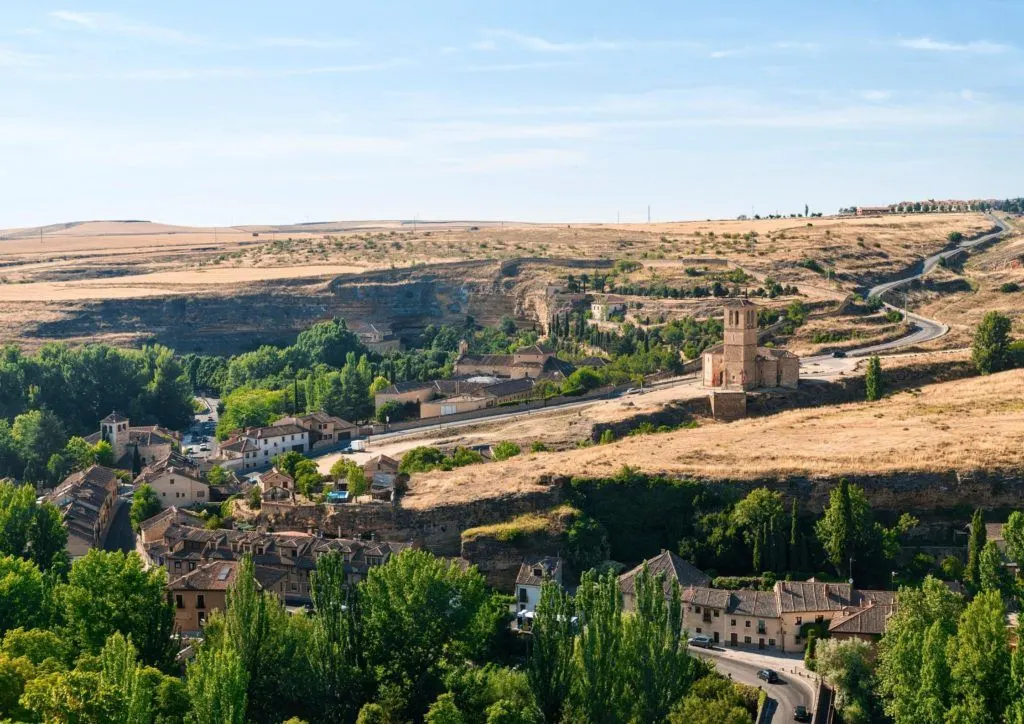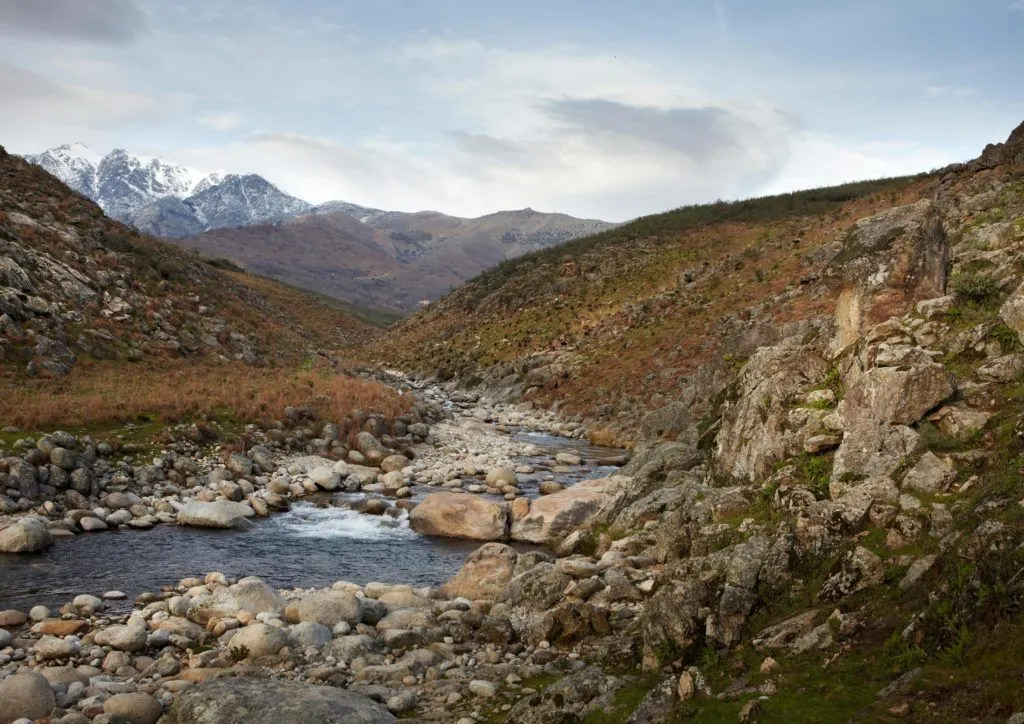Yes, it does snow in Spain! It might be hard to imagine that Spain experiences snow at all as it is often associated with the image of never-ending Mediterranean sunny days – but some regions receive quite a bit of snowfall during the winter months. Spain might not be the winter destination one thinks of when it comes to winter sports; however – owing to its diverse topography – Spain touts a few regions where it is possible for you to enjoy winter activities, especially if you fancy being hugged by the delightful chill of the snow!
The Nature of Snowfall in Spain
Spain is an elevated plateau, and some parts of the country can get quite chilly during winter. The Pyrenees – the mountain range that separates Spain from France – Sierra Nevada, and any region with an alpine and subarctic climate, receive heavy snowfall. Oceanic zones like Navarre, Cantabria, Basque County, Galicia, and Asturias, too, experience heavy snow. Although Spain is a European country, it is different from other countries in the region because of inconsistent snowfall with the minimum of precipitation. Nonetheless, snowfall in some regions can bring day-to-day life to a halt, and blizzards cannot be counted out either.
Urban cities like Barcelona doesn’t receive much snowfall due to the urban heat effect, which is a common phenomenon that can be witnessed in industrialised cities – the urban heat effect lends to the fact that human activities keep temperatures low. Cities like Barcelona gets a few hours of snow, but all traces of snow disappear the following day. The only instance Barcelona experienced a heavy snowfall was in 2018; it was caused by a climatic change called the Beast from the East, which affected most European cities.
Climate in Spain

Spain is among the top ten countries with the most diverse climatic conditions; the climatic diversity of the country is what makes it appealing to travellers. The only European country that shares a border with Africa – the country is bounded by Morocco – Spain is situated in the Iberian Peninsula, claiming 85% of the peninsula. The country has 13 climatic zones in total; five out of which bear the most influence on Spain’s climate. Hot-summer Mediterranean climate, warm-summer Mediterranean climate, oceanic climate, warm-summer continental climate, and semiarid climate are the five major climatic zones that characterise Spain’s climate. The minor sub-zones include humid subtropical climate, hot desert climate, dry continental climate, and alpine and subarctic climate.
When/How often does it Snow?
In Spain, snow falls from December to April, with April experiencing the highest density of snow. December is the first winter month, and places like Madrid and Lugo get extremely cold with temperatures below 3 ℃. January is the coldest month in the country with temperatures falling below 3 ℃ and mountainous regions blanketed with snow.
The northern region gets freezing cold in February, with an average temperature of 7℃, but temperatures start to go up again during February. Northern Madrid is the coldest region in January with continental winters. Also, the Pyrenees Mountain range freezes up during winter months, with temperatures falling below zero degrees and consistent snow falling.
Where Can you See Snow in Spain?

If you are visiting Spain during winter, you are in for a frosty holiday! Several places come alive with winter festivities, snow-clad mountain tops, ski resorts, and hiking routes covered in snow.
Sierra de Gredos, Ávila
One of the most enchanting landscapes in Spain, Sierra de Gredos should be included in your winter itinerary. While Sierra de Gredos is a year-round travel destination, during the winter months, it becomes particularly alluring, with snow-draped hiking routes and mountain terrains. While you are here, visit the Laguna Grande de Gredos for spectacular winter scenery.
Valle de Arán, Lleida
With a range of possibilities, Valle de Arán is an invitation for travellers with an appetite for winter sports. Skiing and hiking are the two main activities to be enjoyed here and added to the list of attractions is gothic and Romanesque architecture. You can also drop in at one of the restaurants and sample the best bits of Aranese cuisine. Natural hot springs, which are a Roman creation and a popular tourist attraction in Valle de Arán, are worth visiting, too.
Comarca De Sobrarbe, Huesca
Known for Pineta and Ordesa valleys, Sobrarbe is another Spanish region where you can see snow. Nature photographers are drawn to the area for landmarks like Monte Perdido. Hiking is a popular activity around here, but when there’s enough snow, some tour companies offer walks through the snow-drenched forests. If you find yourself in Sobrarbe during winter, make sure you have time for a visit to Aínsa, a Spanish medieval village that assumes its most beautiful countenance when there’s snow.
Sierra de las Nieves, Malaga
Found in the southern region of Spain, Sierra de las Nieves is a natural park that becomes a strikingly beautiful image during winter months – the name translates to ‘snowy mountain range’. This UNESCO recognised biosphere offers a memorable experience during summer, but it outdoes itself during winter.
Rascafría, Madrid
A coveted family destination, Rascafría is an easy journey from Madrid. The trail to the Cascada del Purgatorio waterfall is the key attraction here. The route doesn’t get too crowded with tourists, and it is one of the few places in Spain where you can experience the quintessence of a European winter.
Best Places to Visit in Spain during Winter, and Things to do!
To mingle with the young crowds and witness historic buildings lavish with winter festivities, visit Salamanca. Logrono, on the other hand, has an excellent culinary scene coupled with historic architecture; visitors to Logrono are also treated to some of the best wines. Sos del Rey Católico is an excellent choice if you want to enjoy the cobbled streets and ancient buildings awash with small city charm.
To see some greenery in the winter months, you should head to San Mateo, Cantabria. And there’s no better place than Malaga to cast your eye upon gorgeous architecture and step back in time while enjoying the season’s magic. Sightseeing, hiking, skiing, dining, and visiting ancient buildings are some of the things you can do in Spain during winter, and if you haven’t shaken off that summer feeling yet, visit the Canary Islands for some absolutely gorgeous white sandy beaches.
You might also like: Places to Visit in Spain
Spain offers a plethora of unique experiences for those who visit during winter; they might not necessarily be the typical winter things to do, but they are remarkably unique and make for a fun winter getaway!
